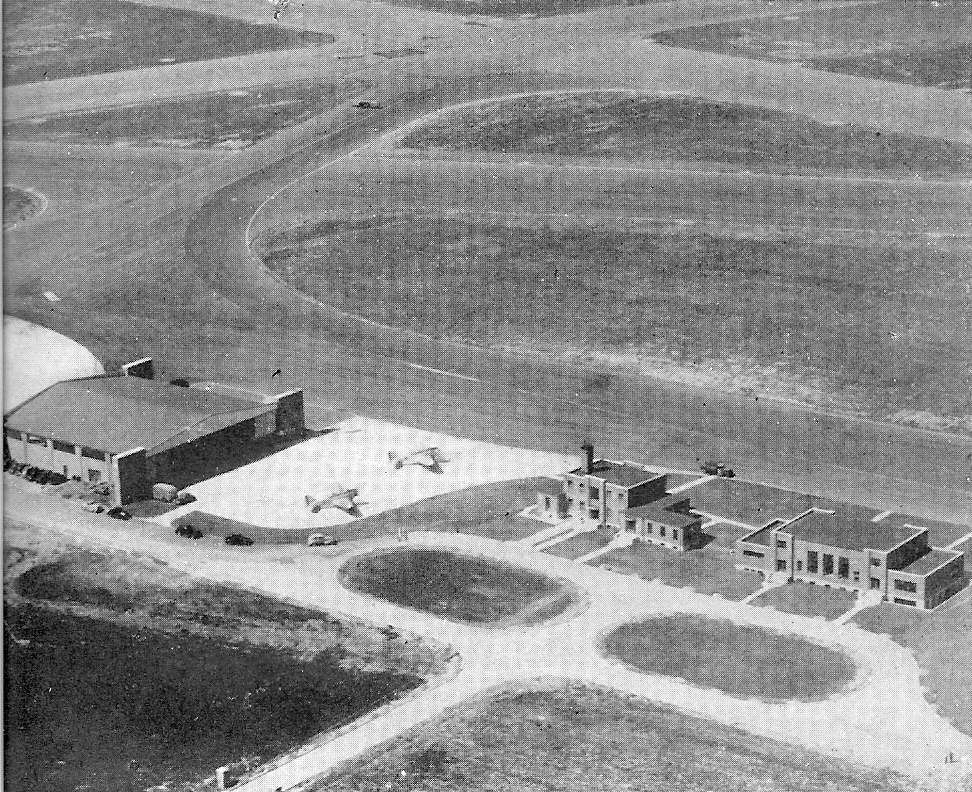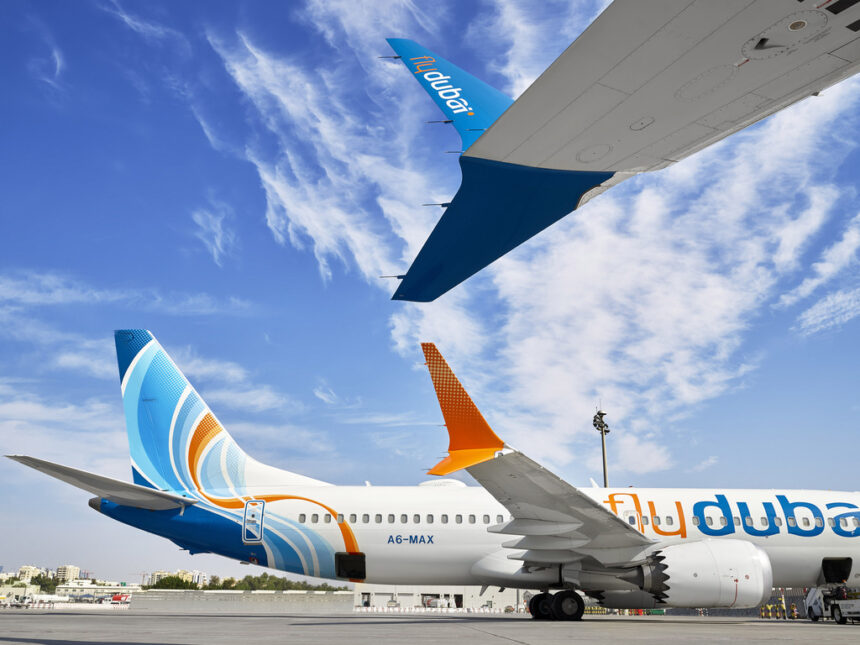Nashville International Airport (BNA), a bustling hub for travelers and a vital link to the world, boasts a rich history intertwined with the Music City’s own growth.
From humble beginnings as a Works Progress Administration (WPA) project to a modern international gateway, BNA’s story reflects Nashville’s evolution from a regional center to a global destination.
Early Days: From Dusty Fields to Military Base (1917-1946)
Nashville‘s foray into aviation began much earlier than BNA’s 1937 inauguration.
The city’s first airfield, a dusty strip on the E.L. Hampton farm, took flight in 1917.
Soon after, Blackwood Field served as a base for the Tennessee Air National Guard.
However, the first airlines serving Nashville, American and Eastern, used Sky Harbor Airport in neighboring Rutherford County by 1929.

Recognizing the need for a larger and more conveniently located airport, Mayor Hilary Howse formed a committee in 1935 to identify a suitable site.
The chosen location, situated southeast of the city, was transformed with the help of the WPA.
The resulting airport, dedicated in 1937, was christened Berry Field in honor of Colonel Harry S. Berry, a state aviation administrator.
Berry Field, with its initial 300 acres, a terminal building, two hangars, and a single runway, served as both a civilian and military facility.
Passenger numbers steadily climbed, reaching nearly 190,000 within a year.
However, World War II saw Berry Field become a vital military base for the 4th Ferrying Command, responsible for transporting aircraft across the country.
The military presence continued until 1946, when a much-enlarged 1,500-acre airport was returned to the city.
The Jet Age Takes Off: Modernization and Expansion (1946-1980s)
Post-war Nashville witnessed a boom in both population and industry. To accommodate this growth, Berry Field embarked on a period of significant expansion.
The first major development came in 1961 with the opening of a new 145,900-square-foot passenger terminal, a stark contrast to the earlier, more modest facilities.
This expansion coincided with the arrival of jet-powered service, ushering in a new era of faster and more efficient air travel.

By 1961, passenger numbers surpassed 500,000, with six airlines serving the city.
Further expansion continued throughout the 1960s and 1970s.
Existing runways were extended, and a new crosswind runway was constructed to handle increased air traffic.
Recognizing the growing importance of cargo transportation, the airport also saw the development of dedicated air cargo facilities.
A New Name and Global Ambitions (1980s-Present)
The 1980s marked a turning point for Nashville’s airport.
In 1983, the Nashville Metropolitan Airport Authority (MNAA) opened John C. Tune Airport, a general aviation facility designed to alleviate congestion at BNA.
This move allowed BNA to focus on serving larger commercial airlines and attracting international traffic.
This strategic shift was reflected in a name change in 1988. Berry Field was officially rechristened Nashville International Airport (BNA) to better represent its evolving role and future aspirations.
The new moniker signaled BNA’s commitment to attracting international carriers and becoming a major gateway to the world.

The 1980s and 1990s saw continued infrastructure development at BNA.
New runways were constructed, and existing ones were extended to accommodate larger aircraft.
The International Arrivals Building was completed in 1994, further solidifying BNA’s position as a hub for international travel.
BNA in the 21st Century: A Gateway to a Global City
The 21st century has witnessed BNA’s transformation into a truly modern and world-class airport.
The BNA Vision, a comprehensive plan unveiled in 2016, outlined ambitious goals for further expansion and modernization.
New terminals, concourses, and parking facilities have been constructed, significantly enhancing passenger experience and capacity.
BNA now boasts four runways, a modern terminal complex, and a wide array of amenities catering to the needs of both domestic and international travelers.
The airport serves over 18 million passengers annually, connecting Nashville to over 80 destinations worldwide.
BNA’s growth is directly linked to Nashville’s rise as a global city, attracting tourists, business travelers, and the music industry.
Looking ahead, Nashville International Airport’s future is bright.
Continued expansion plans are in place to accommodate projected passenger growth.
BNA aspires to not only be a transportation hub but also the best of the best.

Click the banner to subscribe to our weekly newsleter.

Click the photo to join our WhatsApp channel so then you can stay up to date with everything going on in the aviation industry!









